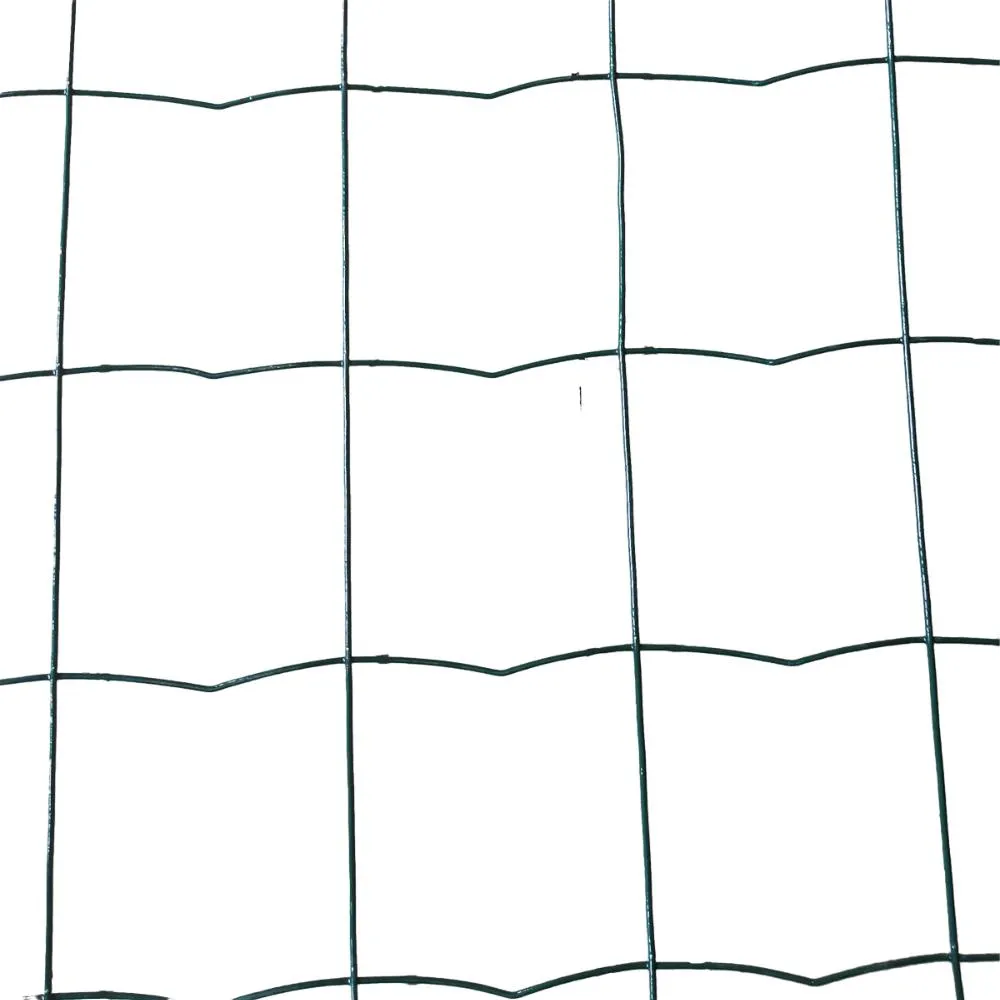installing metal flower bed edging
Dic . 06, 2024 13:06
Installing Metal Flower Bed Edging A Comprehensive Guide
Creating a beautiful and well-defined flower bed can transform your garden into a stunning landscape. One effective way to achieve this is by installing metal flower bed edging. Not only does metal edging provide a clean and polished look, but it also helps to keep mulch and soil in place, preventing grass and weeds from encroaching on your flower beds. In this article, we will walk you through the process of installing metal flower bed edging, ensuring that you can create a landscape design that will impress your guests.
Materials Needed
Before you begin, gather all the necessary materials to make the installation process smooth and efficient. Here’s what you will need
- Metal edging strips (available in varying heights and styles) - Spikes or stakes (typically included with the edging) - A rubber mallet - A level - A tape measure - A garden spade or shovel - A hammer (if necessary) - Safety gloves
Step 1 Planning Your Layout
The first step in the installation process is to plan the layout of your flower bed. Consider the overall design you want to achieve. Will the flower bed have straight edges, or would you prefer curvy borders? Using a garden hose or string, outline the desired shape on the ground. This will help you visualize the final look and make necessary adjustments before proceeding.
Step 2 Preparing the Area
Once you have a clear design in mind, it’s time to prepare the area. Clear out any existing plants, weeds, or debris within the outlined section. Use a garden spade to remove grass, rocks, and other obstructions. It's crucial to create a clean space, as it will allow the metal edging to sit flush with the ground, thereby providing a professional appearance.
Step 3 Installing the Metal Edging
installing metal flower bed edging

With the area prepared, you can begin the installation of the metal edging. Start at one end of your outline and position the first metal edging strip into the ground. Make sure that the top of the strip is level with the surface for a seamless transition between your lawn and flower bed.
To secure the edging in place, use the stakes or spikes provided with the edging material. Drive them into the ground, ensuring they are placed on the inside of the edging, roughly every 2-3 feet, depending on the length of the strip and the type of edging. Use the rubber mallet to gently tap the stakes into the ground if needed.
Step 4 Ensuring Stability
After securing the first piece, continue laying the subsequent strips, connecting them as you go. If you are working with curvy sections, bend the metal edging gently to follow the shape of your design. Make sure that each piece is level and properly aligned to create a polished look.
As you reach the end of your layout, you may need to cut the last piece of edging to fit the space. Metal cutting tools may be necessary for this step, so proceed carefully. Ensure that all cuts are smooth to prevent sharp edges that could be hazardous.
Step 5 Final Touches
Once all edging is installed, backfill any gaps with soil on the outside of the metal edging to secure it further. This adds stability and helps keep the edging flush with the ground level. Finally, you can add mulch or decorative stones inside the flower bed to complete the look.
Conclusion
Installing metal flower bed edging can be a fulfilling DIY project that enhances the beauty and organization of your garden. By following these steps, you’ll achieve a professional finish that will not only highlight your flowers but also serve as a barrier against invasive weeds. With your new metal edging, you can sit back and enjoy the beauty of your garden, knowing that you took the initiative to enhance its appearance. Whether you are a seasoned gardener or a novice, this project is an excellent way to add structure and elegance to your outdoor space. Happy gardening!




















